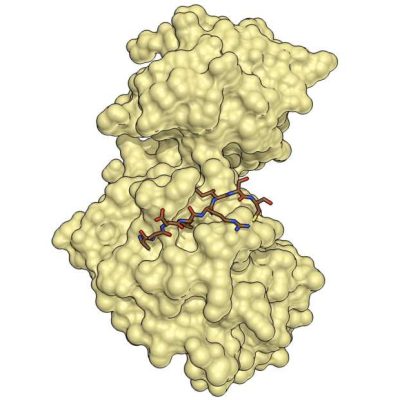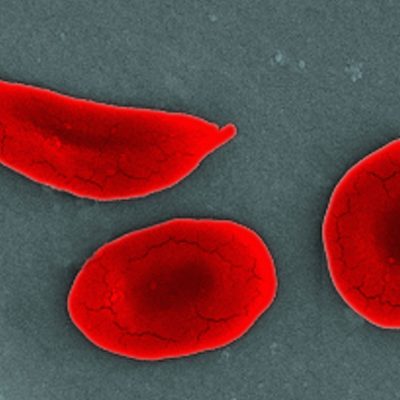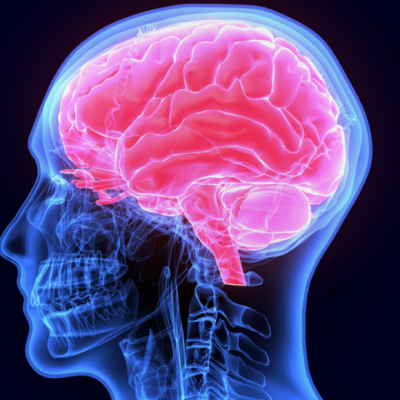Swedish researchers have discovered a hormone receptor in mice that can be blocked to transform negative perceptions, such as pain, into positive feelings like pleasure or joy. The study found that positive and negative perceptions are processed in the brain by the same hormone receptors, which has significant implications for well-being. By blocking this receptor, the mice no longer perceived pain, fever, or nausea as negative, but rather as positive. This discovery could lead to new therapeutic approaches for patients with chronic pain. The researchers genetically manipulated the mice to inhibit the formation of the Melanocortin-4 receptor (MC4R) and found that the treated mice were not deterred by discomfort in a chamber, unlike the untreated mice. The study also found that pain, fever, or nausea did not lower dopamine levels as usual, but rather increased happiness hormones in some brain regions.
The researchers suggest that the brain has created a nerve connection that processes positive and negative perceptions under the control of a single receptor type. This could have been important in evolution to quickly change perceptions of certain environmental stimuli. The research could have significant medical relevance for humans in the future, particularly for patients with chronic pain. However, it is important to note that the conversion of pain into pleasure and happiness can also be dangerous. Pain is a natural protective reaction of the body that is meant to prevent further injury. Suppressing or converting it into pleasure could have unforeseeable consequences.
In conclusion, the discovery of this hormone receptor in mice could lead to new therapeutic approaches for patients with chronic pain. The study found that blocking this receptor can transform negative perceptions into positive feelings, which could have significant implications for well-being. However, it is important to proceed with caution as the conversion of pain into pleasure could have unforeseeable consequences. Further research is needed to fully understand the potential benefits and risks of this discovery.










